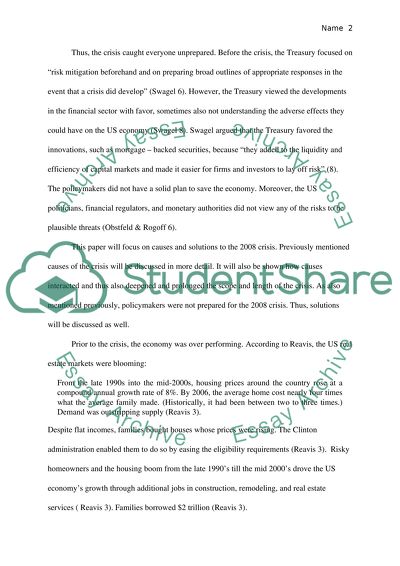Cite this document
(“2008 Financial Crisis Term Paper Example | Topics and Well Written Essays - 2750 words”, n.d.)
Retrieved from https://studentshare.org/finance-accounting/1396753-why-the
Retrieved from https://studentshare.org/finance-accounting/1396753-why-the
(2008 Financial Crisis Term Paper Example | Topics and Well Written Essays - 2750 Words)
https://studentshare.org/finance-accounting/1396753-why-the.
https://studentshare.org/finance-accounting/1396753-why-the.
“2008 Financial Crisis Term Paper Example | Topics and Well Written Essays - 2750 Words”, n.d. https://studentshare.org/finance-accounting/1396753-why-the.


